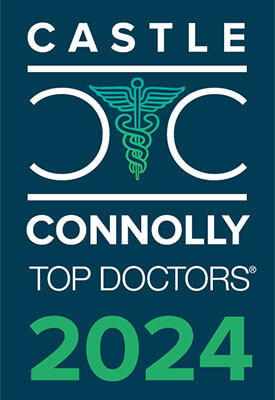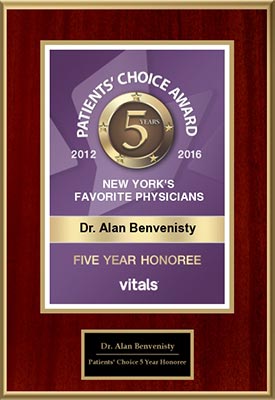What Are the Options for Dialysis Access?

For individuals living with kidney failure or severe chronic kidney disease, dialysis becomes a critical lifeline—temporarily or permanently taking over the role of filtering waste and fluids from the blood. Whether patients are undergoing hemodialysis or peritoneal dialysis, a safe and reliable access point is required to begin and maintain treatment.
At the New York City practice of Dr. Alan Benvenisty, MD, a board-certified general and vascular surgeon, patients receive expert evaluation and care when choosing the right dialysis access method. With a unique specialty in helping patients avoid dialysis when possible, Dr. Benvenisty also excels in creating the most effective and long-lasting access points when dialysis is necessary.
Why Is Dialysis Access Important?
Dialysis cannot begin without a secure entrance to the bloodstream or abdominal cavity, depending on the type of treatment. There are two main types of dialysis:
- Hemodialysis, which uses a machine to filter the blood, requires vascular access to draw and return blood.
- Peritoneal dialysis uses the lining of the abdomen (peritoneum) and a catheter to remove waste through a special fluid.
For hemodialysis, access must be safe, durable, and able to handle high blood flow over time. Dr. Benvenisty ensures each patient’s access site is selected and placed based on their overall health, anatomy, and long-term treatment needs.
Dialysis Access Options
Dr. Benvenisty provides the following vascular access procedures in NYC:
1. Catheter (Central Venous Catheter)
Often used for emergency or temporary access, a catheter is inserted into a large vein in the neck or chest. While effective in the short term, catheters carry a higher risk of infection and are not recommended for long-term use.
2. AV Graft (Arteriovenous Graft)
An AV graft uses a soft synthetic tube to connect an artery to a vein. This access type is more durable than a catheter and can be used for a few weeks after placement. While easier to place in patients with small veins, grafts require regular monitoring to prevent clotting or infection.
3. AV Fistula (Arteriovenous Fistula)
An AV fistula is the gold standard for hemodialysis access. Created by surgically connecting a vein and artery—usually in the arm—the fistula allows the vein to grow stronger and handle increased blood flow. AV fistulas have the lowest complication rate and can last for many years with proper care.
According to the National Institute of Diabetes and Digestive and Kidney Diseases (NIDDK), fistulas are recommended by most nephrologists due to their lower risk of infection and clotting, as well as a longer functional lifespan.
Dr. Alan Benvenisty: World-Renowned Vascular Surgeon in NYC
Dr. Alan Benvenisty is a trusted name in vascular surgery in New York City, with dual board certification in general and vascular surgery. He is widely respected for his patient-first approach, combining decades of surgical expertise with a deep understanding of the challenges faced by those living with kidney disease.
Dr. Benvenisty takes the time to evaluate every option and discuss the best course of action based on the patient’s unique condition. His goal is not only to provide safe and reliable dialysis access but also to explore alternatives to dialysis when feasible, making him a true advocate for long-term kidney health.
Personalized Care for Renal Failure Patients
Selecting the right dialysis access is a critical step in managing chronic kidney disease. At Dr. Benvenisty’s NYC practice, patients receive the support and guidance they need every step of the way—from diagnosis through treatment planning and post-surgical care.
If you or a loved one is facing dialysis, trust Dr. Alan Benvenisty for compassionate, expert care in vascular access procedures. Schedule a consultation today to explore your options in New York City.
Posted on behalf of
440 West 114th St, Second Floor
New York, NY 10025
Phone: (212) 523-4706
Monday & Friday 9:00 AM – 5:00 PM







